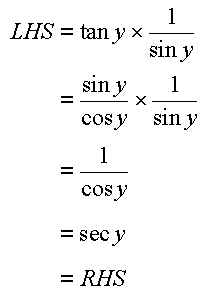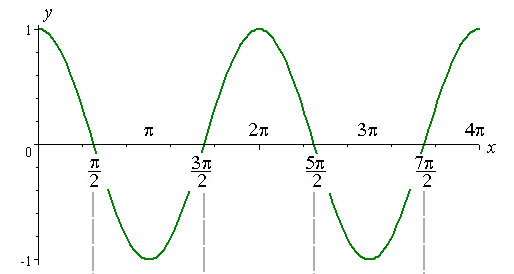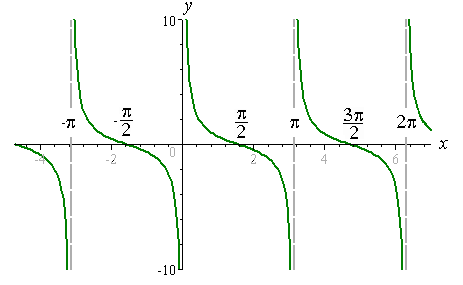Hey everyone!
For today's lesson, we studied Double Angle Trigonometric Identities which is very simple and I know that a lot of you have no troubles with it. So I'll be very brief on explaining how this one works.
Basically, this lesson is very similar to our previous lessons. The process and steps are the same.
The only thing you have to do is to find the equivalent value of the given identity from your formula sheet and substitute it to the original function.
Here are the basic Double Angle Trig Identities:
 You can have different forms of equations but it will end up with the same answer as long as you don't mess up. Always choose the easier ones.
You can have different forms of equations but it will end up with the same answer as long as you don't mess up. Always choose the easier ones.On some questions, you'll be ask to find the exact values of sin, cos or tan. Always follow the simple steps. Once you get the equation, set alpha and beta. Solve and find the value of trig identity. You need to use CAST rule, Special triangles and Pythagorean theorem to find the values depending on what you are told to look for.
As long as you know the equivalent of each set of identities(which is in our formula sheet), you'll be fine.
Hope this helps!
K bye.























